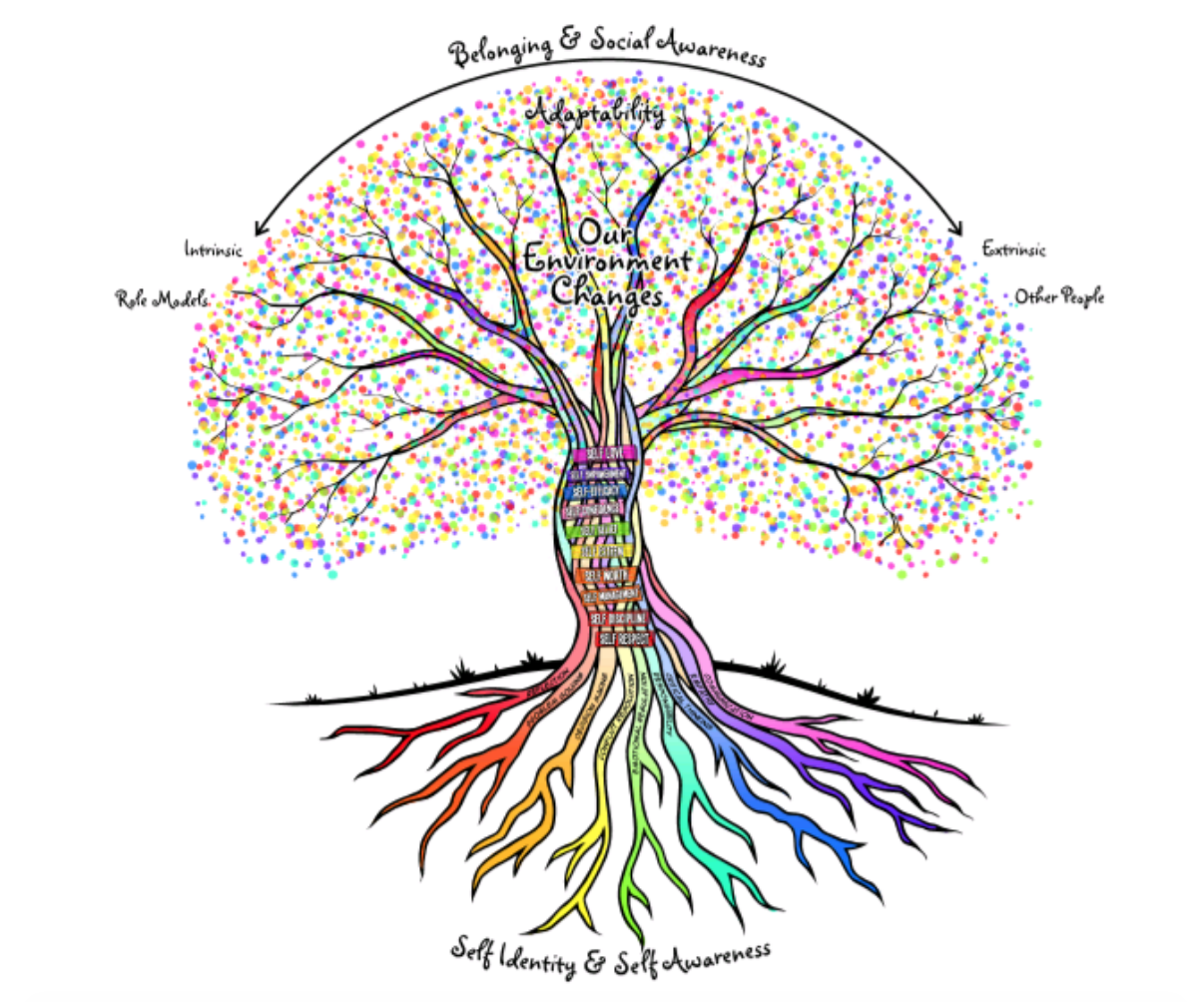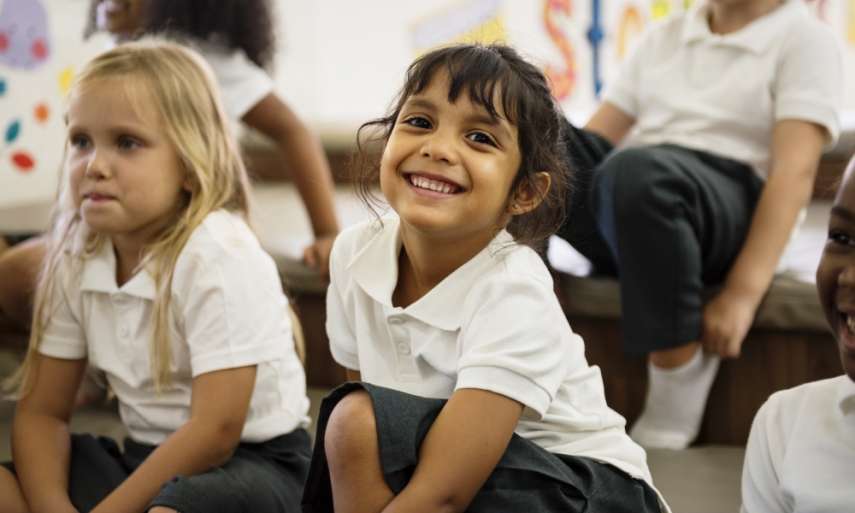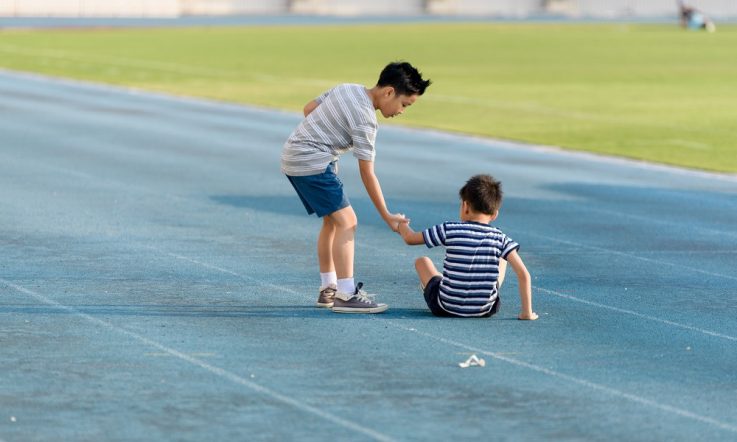Dr Sarah Tillott is a lecturer at the University of Wollongong and CEO of the School for Living, a resilience-based organisation that creates resources targeted at children aged three to eight years. Over a three-part series for Teacher, Tillott and colleagues are exploring resilience theory, the adaptive and maladaptive traits of resilience in children, and the practical application of resilience in the classroom. In today’s article, Tillott discusses adaptive and maladaptive traits of resilience.
Resilience skills are developed from an early age and support us when we are faced with challenges. However, there are adaptive and maladaptive responses to these challenges that both support and compromise the development of resilience.
The adaptive traits
There are several cognitive strategies that support the development of resilience, strengthening children and young people’s interpersonal skills and overall wellbeing, while also mitigating against stress. These are the skills we want to encourage children to develop in the early years.
These cognitive strategies are:
- Emotional regulation
- Conflict resolution
- Taking responsibility for our actions
- Using critical thinking in decision making
- Having a solution-focused approach to problem solving
- Using effective verbal and non-verbal communication skills
- Providing children with autonomy to make choices
- Using reflection when reviewing a situation (Tillott, 2019).
Maladaptive traits
Conversely, the maladaptive traits that reduce the interpersonal development of resilience are:
- Blaming people or things when situations don’t go the way we expect, or using this as a strategy to avoid getting into trouble.
- Using power displacement or bullying to get our own way, or using it as a power strategy over another individual. This technique is commonly used in children with self-esteem issues or feelings of insecurity
- Catastrophising situations (making a small thing much bigger than it is). This strategy is common in children who have predispositions to anxiety.
- Ineffective communication, such as gossiping or poor listening and reflection skills.
- Avoiding or prolonging things for the sake of not wanting to deal with an issue.
- Emotional outbursts or poor temperaments, acting before we think (Tillott, 2019).
This is a snapshot of some of the maladaptive skills that children use to avoid stress or uncomfortable situations, which can compromise a core aspect of how they feel about themselves and hinder their ability to develop a strong sense of self.
Low and high resilience
We know that building resilience in the early years can promote a child’s physiological and psychological health, whilst also improving their educational outcomes. The chart below describes attributes of low and high resilience.
Low resilience attributes |
High resilience attributes |
Low self-esteem/self confidence |
Improved self-discipline and self-respect, self-esteem and self-confidence |
Poor physical care and inactivity |
Improved wellbeing, lower rates of depression, anxiety and obesity |
Poor emotional regulation, increased aggression |
Improved cognitive function with emotional regulation and temperament control, leading to improved emotional intelligence outcomes |
Poor decision making and problem solving ability |
Improved risk analysis, decision making and critical thinking ability |
Avoidance, blame and lack of responsibility |
Taking personal responsibility for behaviour and choices, and embrace challenges as opportunity |
Disengagement from social and other challenges |
Improved social and academic outcomes, improved sense of social cohesion, fairness and belonging |
Taking higher risks without assessing the consequences to actions
|
Improvements with self and social awareness which improves role model status and development of leadership/mentor skills |
(Adapted from: Grotberg, 1995; Werner, 1989; Rutter, 2013; and Tillott, 2019)
The Resilience Tree
The individual attributes in the list above are also represented in the Resilience Tree below. I created the resilience tree in an attempt to simplify the resilience literature.
There are three main parts of the tree:
- The Self, represented by the core trunk of the tree.
- The Environment, represented by the branches and leaves.
- The Cognitive strategies to support resilience, represented by the roots of the tree.

Click here for larger version of this image.
In my previous Teacher article – Resilience theory and the brain – I discussed how research shows teachers, parents and mentors play an important role in the development of a child’s resilience.
The core of the tree (or the ‘self’) is theoretically formed and influenced in all situations by a child’s external environment and impacts the development of their perspective. Influences include their parents, role models, teachers and their peers.
The ‘self’ includes all aspects of a student’s self-esteem, self-confidence, self-belief, self- discipline, self-efficacy and self-love. It determines how they feel and how they respond to their environment.
These roots of the tree recognise the cognitive strategies that students use on a daily basis to navigate, respond to, and mitigate stress. When students learn to use the strategies suggested by the roots, they can continue to grow through their challenges.
The final article in this series, co-authored with Dr Michelle Neumann, will share strategies for how teachers can use resilience theory in the classroom, and details of a resilience-based resource called Game ON.
References
Grotberg, E. H. (1995). The International Resilience Project: Promoting resilience in children. Civitan International Research Center. https://files.eric.ed.gov/fulltext/ED383424.pdf (780KB)
Rutter, M. (2013). Annual research review: Resilience – clinical implications. Journal of Child Psychology and Psychiatry, 54, 474–487.
Tillott, S. (2019). ‘An investigation into the elements of resilience that children identify from reading Game ON. [Doctoral thesis, University of Wollongong] UOW Research Online. https://ro.uow.edu.au/cgi/viewcontent.cgi?article=1556&context=theses1
Werner, E. (1989). High-risk children in young adulthood: A longitudinal study from birth to 32 years. American Journal of Orthopsychiatry, 59(1), 72–81. http://dx.doi.org/10.1111/j.1939-0025.1989.tb01636.x
Dr Sarah Tillott says: ‘There are several cognitive strategies that support the development of resilience … these are the skills we want to encourage children to develop in the early years.’
Take a look at the attributes of high resilience listed in the table above. How do you encourage children to develop these skills in the early years? What strategies do you use in your classroom?



